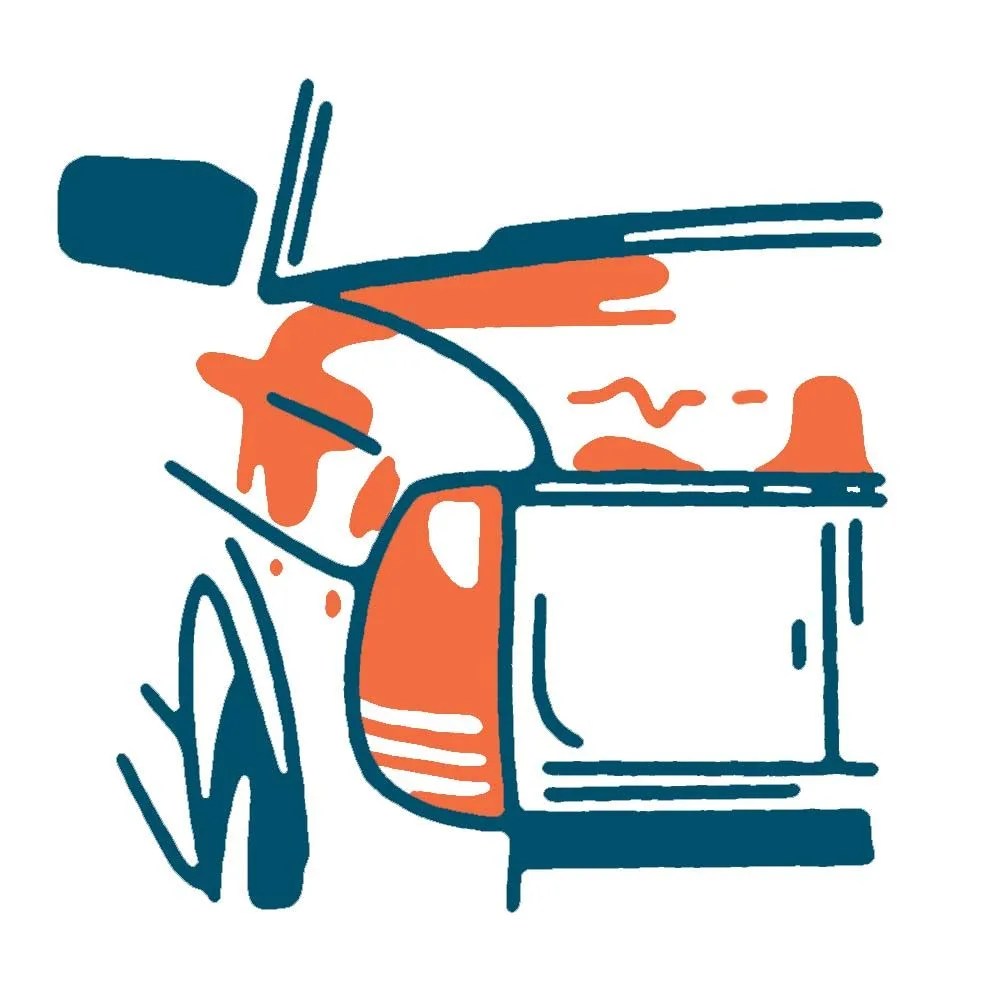Editor’s Note: In this limited series, Under the Hood, we’ll share do-it-yourself tips from drivers who want to wrench their own cars, no matter their skill level.
Given how fraught the car market is right now, buying a new car is more expensive than it’s been in a long time. If you can even find the car you want, you’d be hard pressed to drive away from the dealership having paid MSRP or under – current demand is so high that people have been buying cars sight-unseen, even at huge premiums. Long story short, if you have some mechanical know-how and want to avoid crazy prices, your best option is to go the used car route.
But before you shake hands and drive away with that Craigslist find or the “gem” tucked into a corner of the dealer’s used inventory lot, know what issues to look for – and maybe avoid major service bills after purchase. Moreover, you’ll be able to negotiate a better price if you can speak to the car’s condition with authority.
Find a Car With a Good Reputation
For starters, unless you’re specifically looking for a challenge, it’s always best to look for a model (and brand) with a good reputation for reliability. Typical go-tos in the “perennially reliable used cars” segment are Toyota and Honda, with late-model Hyundais and Kias beginning to earn the reputation as well. (Though remember that no rule of this sort is without exception – there are plenty of great used-car candidates from other brands.) Beyond simple brand preference, check reliability surveys from past years to help inform your decision. Sites like Consumer Reports, Kelley Blue Book and J.D. Power and Associates will have the information you need.
Evaluate Exterior Condition

The obvious place to start any vehicle inspection is the exterior. Check all of the body panels for the condition of the paint job; namely, see that every panel is the same color, and note any scratches, dings, dents or rust. Visible rust should trigger a deeper inspection, particularly inside the doors and the wheel wells, to find any more damage. Check window/windshield glass for any chips or scratches. Note any trim that is damaged or missing.
Kick the Tires – (Almost) Literally
Tire condition is a good indication of the overall status of the car. Check to see that the wear is evenly distributed across the treads. If it’s a relatively new car, it should have its original tires. If not, ask why.
Also, ask the seller to see if the tires have been rotated recently. If they don’t know, a good indication of un-rotated tires is increased wear on the driven tires (e.g., if it’s a rear-wheel drive car, the rear tires will be more worn than those in front). When examining tires, a literal cheap trick is to insert a penny into the tire tread with Lincoln’s head facing down. If the tire covers the top of his head, the tires are still usable.



